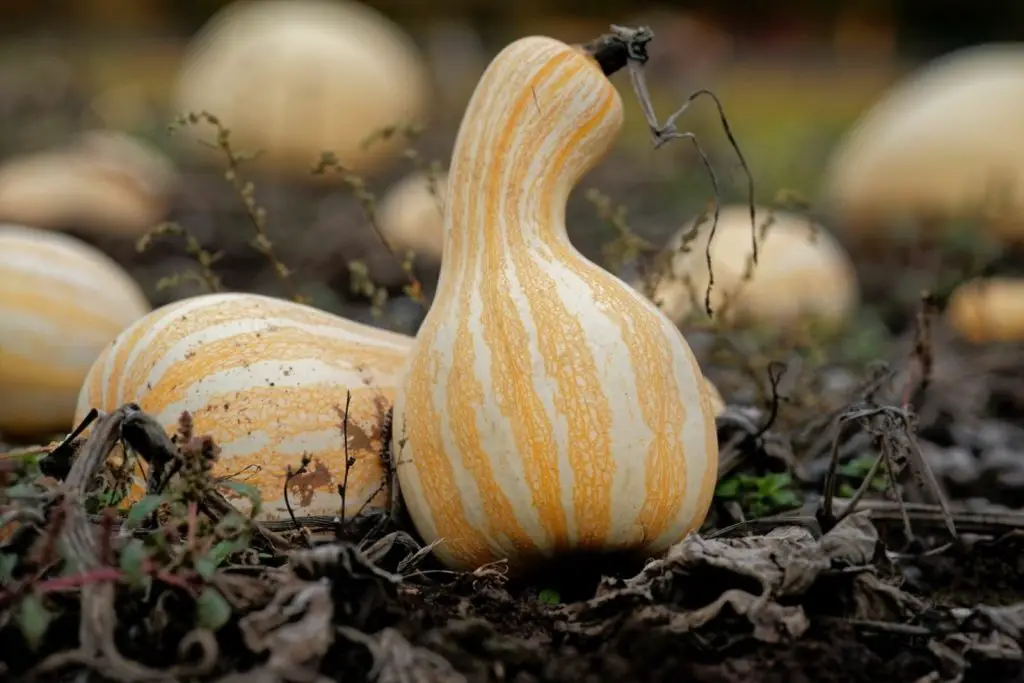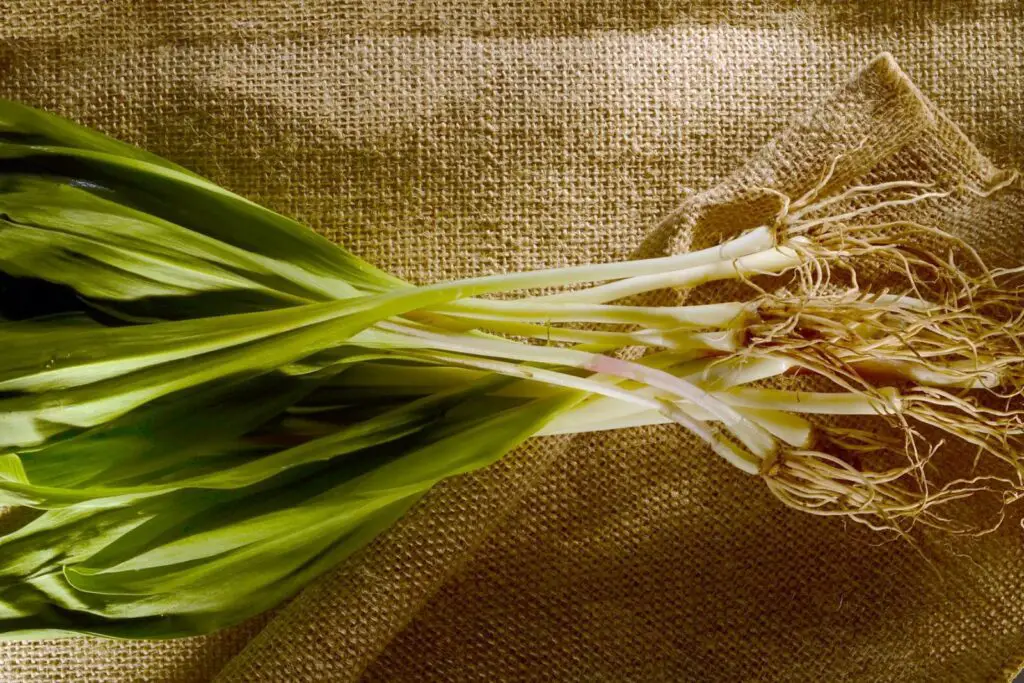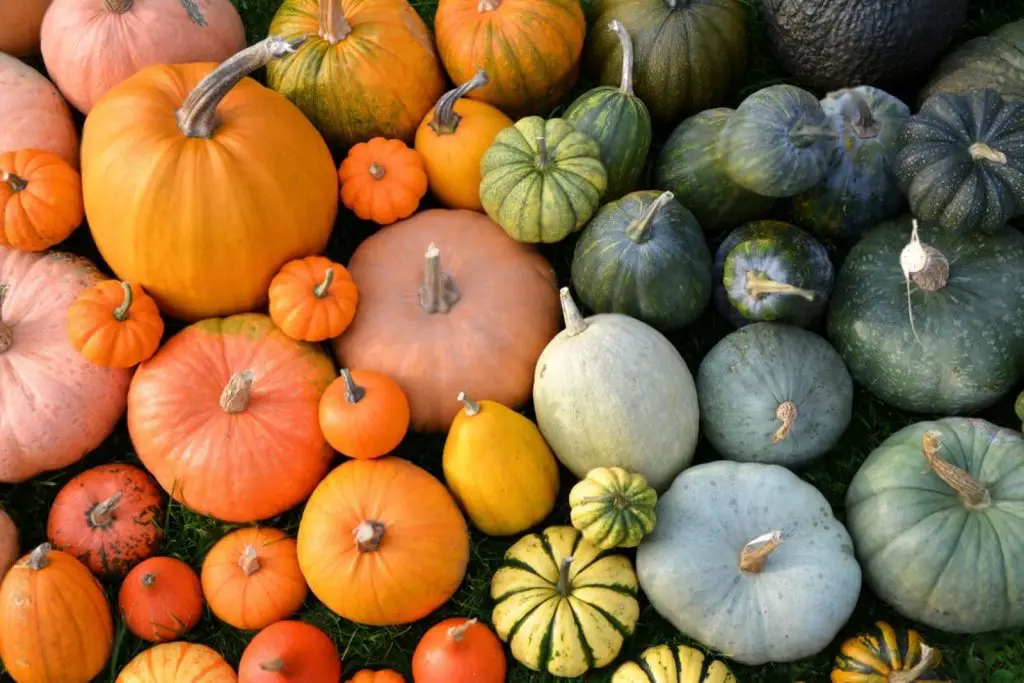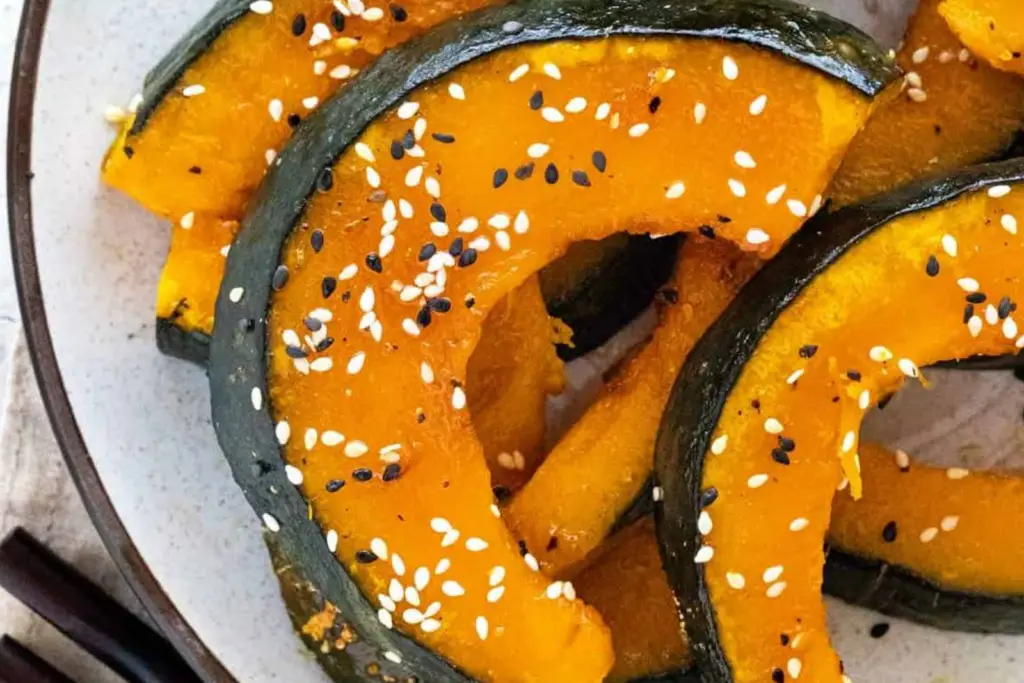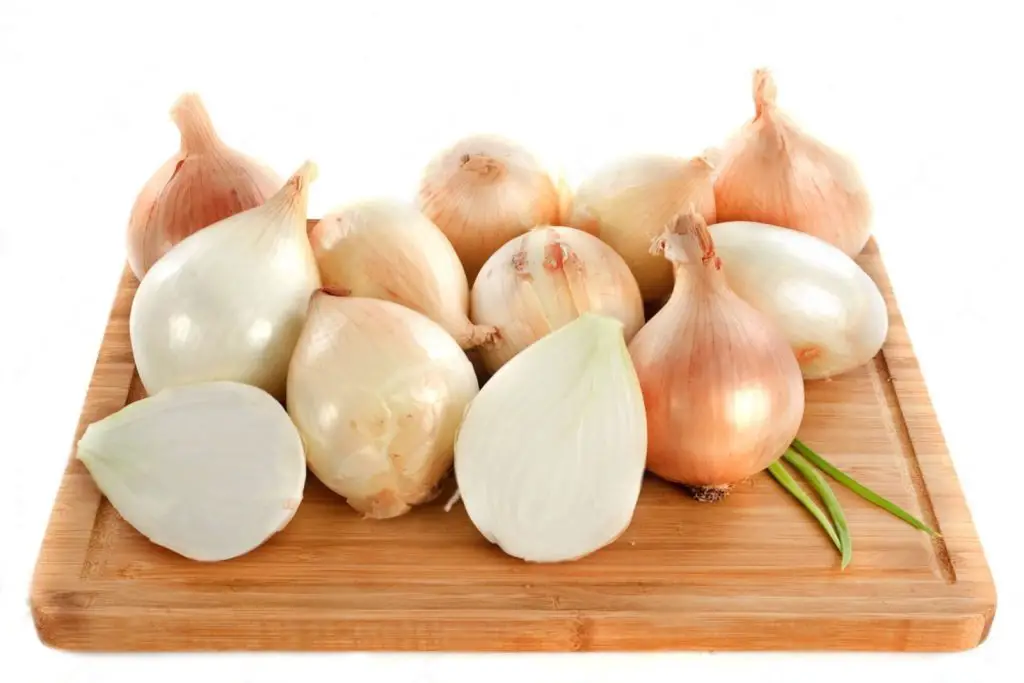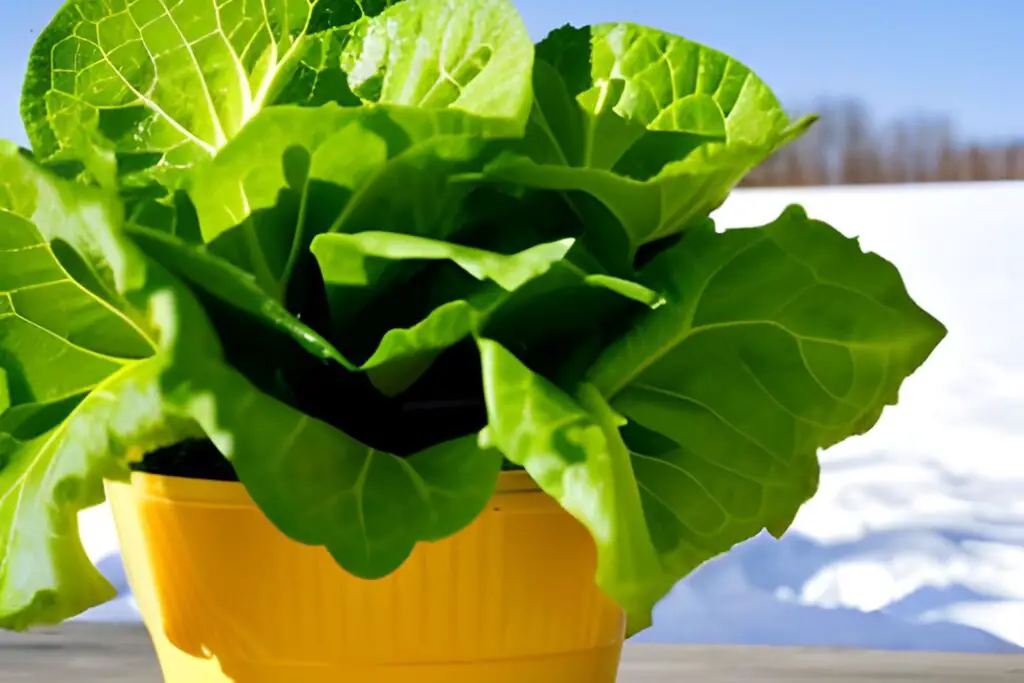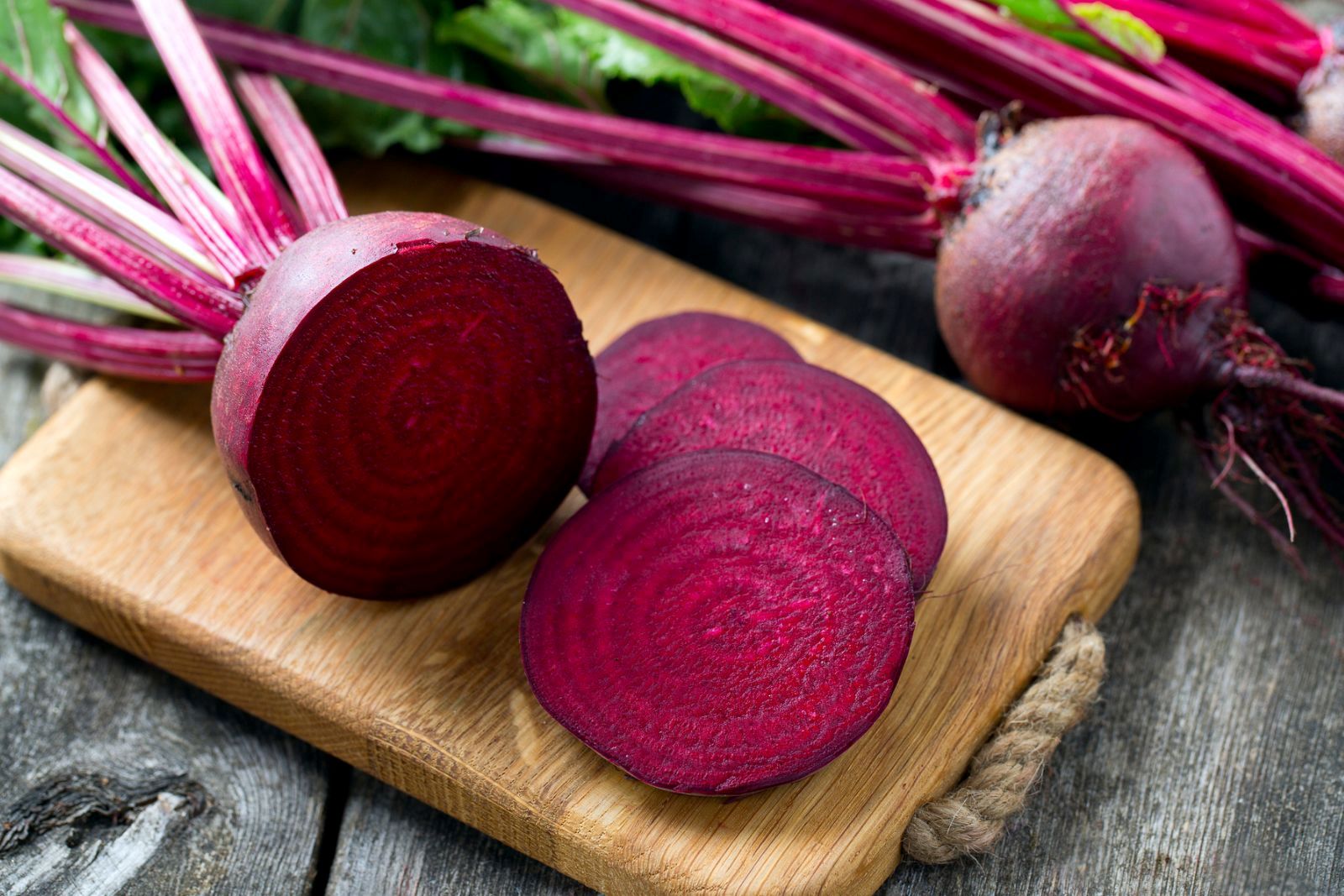
Red beets, with their vibrant hue and earthy flavor, are versatile vegetables that can add a pop of color and nutrition to a wide range of dishes. Whether you’ve harvested them from your own garden or picked them up from the local market, properly storing red beets is crucial to maintain their freshness and prolonging their shelf life. Freezing red beets is an excellent preservation method that allows you to enjoy their goodness long after their peak season has passed. In this guide, we will explore the art of freezing red beets, ensuring that you can stock up on this nutritious vegetable and have it readily available to elevate your meals with its unique taste and health benefits.
Here are the simple steps to freeze red beets:
Step 1: Start with fresh beets
The step of starting with fresh beets and selecting ones that are firm and free from blemishes or soft spots is important to ensure the quality and taste of the cooked beets. Here’s why each aspect of this step matters:
- Firmness: Firm beets indicate freshness and tend to have a better texture and flavor. When beets are soft, it usually means they are overripe or have started to deteriorate, which can affect their taste and cooking properties.
- Blemishes and soft spots: Blemishes and soft spots on beets are signs of decay or damage. Choosing beets without these issues ensures that you’re working with a vegetable that is in good condition and free from any potential spoilage or off-flavors.
- Vibrant colors: Vibrant colors, such as deep red, purple, or golden hues, indicate that the beets are fresh and packed with nutrients. Faded or dull colors may suggest that the beets have been sitting for a while, potentially leading to a loss of flavor and texture.
- Crisp greens: Beets often come with leafy greens attached to their stems. While these greens are edible and nutritious, they can draw moisture and nutrients from the beets, causing them to lose their juiciness and vibrant color. Removing the greens before cooking helps to prevent this “bleeding” effect and ensures that the beets retain their natural flavors and appearance.
Can I freeze beets with their greens attached?
It is generally recommended to remove the greens from beets before freezing them. Beet greens have a high water content, which can affect the quality of the beets during freezing. Freezing the beets and their greens together may result in a mushy texture and loss of flavor. It’s best to separate the greens from the beets and freeze them separately if you wish to preserve both components.
Step 2: Cook and cool the beets
Step 2 involves cooking the beets in water until they are tender and then allowing them to cool completely. Here’s why this process is necessary:
- Boiling and simmering: Placing the beets in a pot of water and bringing it to a boil helps to soften the beets and make them tender. Boiling is an effective cooking method for beets as it allows for even cooking throughout. Once the water reaches a boil, reducing the heat to a simmer helps maintain a gentle cooking temperature, preventing the beets from becoming too mushy or overcooked.
- Testing for doneness: Cooking times for beets can vary depending on their size and freshness. The recommended cooking time of 30 to 45 minutes is a general guideline. To ensure the beets are cooked to the desired tenderness, piercing them with a fork is a reliable method. If the fork easily goes through the beets without resistance, they are cooked and ready to be removed from the heat.
- Draining: After the beets have been cooked to the desired tenderness, draining them removes the excess water and prevents the beets from becoming waterlogged. This step is important as it helps preserve the flavor and texture of the beets.
- Cooling: Allowing the beets to cool completely is crucial before proceeding with further preparation or peeling. Cooling not only makes the beets easier to handle but also prevents you from burning yourself while handling hot beets. Additionally, cooling the beets helps set their texture and enhances their flavor. It also makes it easier to peel off the skin, if desired, without damaging the flesh of the beets.
Can I freeze red beets without cooking them first?
Yes, you can freeze red beets without cooking them first. However, it’s important to note that freezing raw beets may result in a slightly different texture compared to cooked beets. Raw frozen beets can be more firm and crunchy when thawed, which may be desirable in certain recipes like salads or pickling.
Should I blanch the beets before freezing them?
Blanching beets before freezing is not necessary but can be done as an optional step. Blanching involves briefly boiling the beets and then quickly cooling them in ice water. It helps preserve the color, texture, and nutrients of the beets. If you prefer to maintain the best possible quality and color, blanching can be beneficial, but it is not mandatory for freezing beets.
Step 3: Peel and slice the beets
Step 3 involves peeling the cooled beets and slicing them into your desired shape and size. Here’s why this step is important:
- Removing the skin: The skin of the beets can be tough and fibrous, and while it is edible, it is often removed to improve the texture and presentation of the dish. The cooling process helps the skin to loosen, making it easier to peel off. Using your fingers or a small knife, gently remove the skin, which should slide off easily, revealing the vibrant flesh of the beets underneath.
- Texture and appearance: Peeling the beets helps to create a smoother and more pleasant texture, particularly if the skin is thick or uneven. The peeled beets have a softer and more tender consistency, which is often preferred in many recipes. Additionally, removing the skin allows the natural colors of the beets to shine through, enhancing the visual appeal of the dish.
- Slicing or cubing: Cutting the beets into slices or cubes allows for even cooking and helps in incorporating them into various dishes. The size and shape of the cuts can be adjusted according to personal preference and the intended use of the beets. Slices or cubes are versatile and can be used in salads, roasted dishes, or as a side dish. Leaving the beets whole is an option if you prefer to showcase their natural shape or if you plan to serve them as a standalone vegetable.
Can I freeze whole beets instead of slicing or cubing them?
While it is possible to freeze whole beets, it is generally not recommended. Freezing whole beets can result in a longer freezing and thawing time, potentially leading to a mushy texture and loss of flavor. Slicing or cubing the beets before freezing allows for faster and more even freezing, as well as easier portioning when using them in recipes later.
Step 4: Package and seal
Step 4 involves packaging and sealing the sliced or cubed beets for freezing. Here’s why this step is important:
- Portion control: Dividing the beets into portions that are typically used in recipes allows for convenient and efficient use in future cooking. Portioning helps to avoid thawing more beets than necessary, reducing food waste and ensuring that you have the right amount of beets for your recipes.
- Airtight packaging: Using airtight freezer bags or containers is crucial for preserving the quality of the beets during freezing. These containers prevent air from coming into contact with the beets, which can lead to freezer burn. Freezer burn occurs when the moisture in the beets evaporates and crystallizes, causing the texture to become dry, leathery, and tasteless. By using airtight packaging, you create a barrier that protects the beets from exposure to air and helps maintain their flavor, texture, and color.
- Removing air: Removing as much air as possible from the freezer bags or containers before sealing them tightly is essential. Air contains moisture, and the presence of excess moisture can contribute to the formation of ice crystals, which can affect the quality of the beets. By removing the air, you minimize the potential for ice crystal formation and freezer burn, preserving the freshness and taste of the beets.
- Long-term storage: Proper packaging and sealing techniques help extend the shelf life of the beets in the freezer. When stored correctly, beets can remain safe to eat for several months. By dividing them into individual portions and using airtight packaging, you ensure that the beets maintain their quality over an extended period.
Step 5: Label and date the packages
Step 5 emphasizes the importance of labeling and dating the packages of frozen beets. Here’s why this step is crucial:
- Identification of contents: Labeling each package with the contents, in this case, “red beets,” helps you quickly identify what’s inside without having to open or guess. This is especially helpful if you have other types of frozen vegetables or ingredients in your freezer. Clear labeling allows for easy identification and retrieval of the beets when you need them for cooking.
- Freshness tracking: Adding the date of freezing to the label helps you keep track of how long the beets have been in the freezer. Over time, frozen foods can lose their quality, including taste and texture. By knowing the date of freezing, you can prioritize using the older packages first to ensure you consume the beets before they start to deteriorate in quality. This practice helps minimize food waste and ensures that you’re using the beets while they’re still at their best.
- Rotation management: Labeling and dating the packages also help you manage the rotation of your frozen beets. By placing newer packages behind older ones in the freezer, you can ensure that you use the oldest packages first. This rotation system ensures that your beets are used in a timely manner, preventing them from being forgotten or left unused for an extended period.
- Organization and convenience: Proper labeling and dating of the packages contribute to an organized freezer. It allows you to locate and retrieve the desired package quickly, saving time and effort. Additionally, it prevents confusion and the need to open multiple packages to find the beets you need for a specific recipe.
Step 6: Freeze the beets
Step 6 involves freezing the sealed bags or containers of beets in an efficient manner and provides a recommended time frame for optimal quality. Here’s why this step is important:
- Efficient use of space: Arranging the sealed bags or containers in the freezer in an organized manner helps maximize the available space. This allows for better airflow and temperature distribution, ensuring that the beets freeze evenly and quickly. By utilizing the space efficiently, you can also create more room for other frozen items in your freezer.
- Freezing duration: While frozen beets can remain safe to eat for longer periods, their texture and flavor may gradually deteriorate over time. By using the beets within this suggested time frame, you are more likely to enjoy them at their peak quality.
It’s worth noting that frozen beets can be safe to eat beyond the recommended time frame, but their taste and texture may be compromised. It’s always best to trust your senses and evaluate the quality of the beets before using them if they have been stored for an extended period.
By freezing the beets in an organized manner and using them within the suggested time frame, you ensure that they retain their optimal quality and flavor for a longer period, making them a convenient and enjoyable ingredient to have on hand.
Other related questions
How do I thaw frozen red beets?
To thaw frozen red beets, remove the desired portion from the freezer and transfer it to the refrigerator. Allow the beets to thaw slowly and evenly in the refrigerator overnight or for several hours. For a quicker thawing method, you can place the sealed bag or container of frozen beets in a bowl of cold water, ensuring the package remains airtight. Change the water every 30 minutes until the beets are completely thawed. Once thawed, use the beets immediately or store them in the refrigerator for up to 2 days.
How long can frozen red beets stay good in the freezer?
Frozen red beets can typically stay good in the freezer for 8 to 12 months. During this time, they remain safe to eat, but the quality may gradually decline over time. Factors such as proper packaging, temperature consistency, and minimizing exposure to air can help extend their shelf life. It’s important to label the packages with the freezing date for easy tracking. If stored appropriately, frozen red beets can still be enjoyable and usable beyond the recommended time frame, but their taste and texture may be compromised.
Can I freeze previously thawed red beets?
It is not recommended to refreeze red beets that have been previously thawed. Each time you thaw and refreeze food, you increase the risk of bacterial growth and degradation of quality. When you thaw red beets, moisture is released, promoting bacterial growth if refrozen. It’s best to portion the beets before freezing to only thaw what you need, or cook the previously thawed beets and then freeze the cooked version for later use.
How do I know if my frozen red beets have gone bad?
There are a few signs to look for to determine if your frozen red beets have gone bad. Firstly, if you notice any unusual or off-putting odors coming from the package, it may indicate spoilage. Secondly, if the beets have developed an unusual texture, such as becoming mushy or slimy, it’s a sign of deterioration. Additionally, if you observe any discoloration or ice crystals on the surface of the beets, it suggests freezer burn. Lastly, if the taste of the beets is significantly altered or unpleasant, it’s an indication that they may have gone bad. If you notice any of these signs, it’s best to discard the beets to avoid consuming spoiled food.
Can I use frozen red beets with the fresh ones?
Yes, you can use frozen red beets alongside fresh ones. Frozen beets can be a convenient option when fresh ones are not readily available or are out of season. You can combine fresh and frozen beets in dishes such as salads, soups, or roasted vegetable medleys. Keep in mind that frozen beets may have a slightly different texture compared to fresh ones after thawing, but they can still contribute flavor and color to your recipes. Adjust the cooking times accordingly to ensure both fresh and frozen beets are cooked to the desired tenderness.
Can I freeze cooked red beets instead of raw ones?
Yes, you can freeze cooked red beets instead of raw ones. Freezing cooked beets helps retain their texture and flavor better than freezing them raw. Cooked beets can be peeled, sliced, or cubed before freezing, making them convenient to use in various recipes after thawing.
Are frozen beets suitable for salads or only cooked dishes?
Frozen beets can be suitable for both salads and cooked dishes. While the texture of frozen beets may be slightly different compared to fresh ones, they can still be used in salads by allowing them to thaw first. In cooked dishes, such as soups, stews, or roasted vegetables, frozen beets can be added directly without thawing, as the cooking process will help soften them.
Can I freeze red beet juice for later use?
Yes, you can freeze red beet juice for later use. Freezing beet juice can help preserve its freshness and nutritional properties. It is recommended to freeze the juice in airtight containers or ice cube trays for easy portioning and thawing when needed.
Can I reuse the freezer bags or containers after using them for beets?
Reusing freezer bags or containers that have been used to store beets is generally safe, provided they are thoroughly cleaned and in good condition. Wash them with hot, soapy water and rinse them well before reuse. However, it’s important to inspect the bags or containers for any signs of damage or wear that may affect their integrity and ability to provide a proper seal.
Are frozen beets as nutritious as fresh ones?
Frozen beets can retain a significant portion of their nutritional value compared to fresh ones. The freezing process helps preserve many of the essential nutrients found in beets, including vitamins, minerals, and antioxidants. However, it’s worth noting that there may be a slight loss in some water-soluble vitamins during freezing, but overall, frozen beets still offer considerable nutritional benefits.

